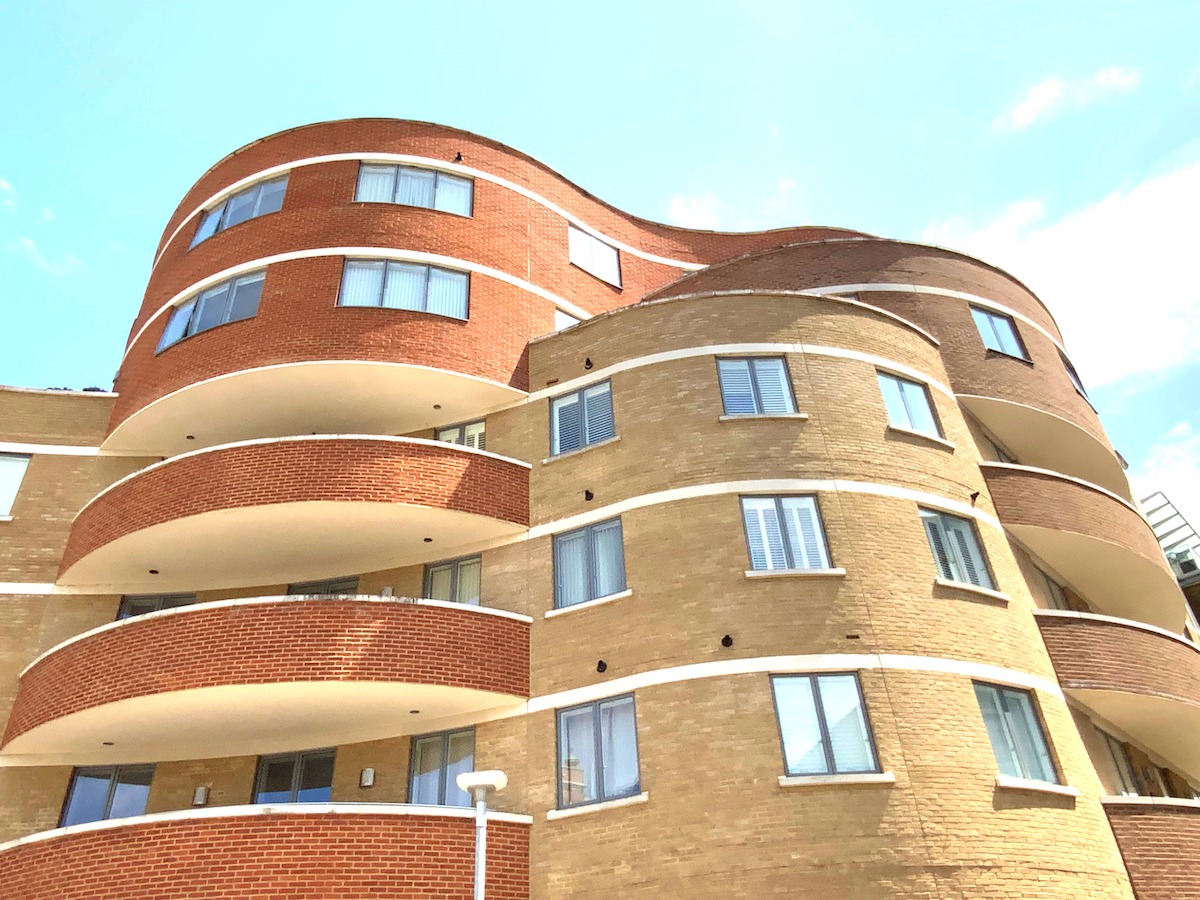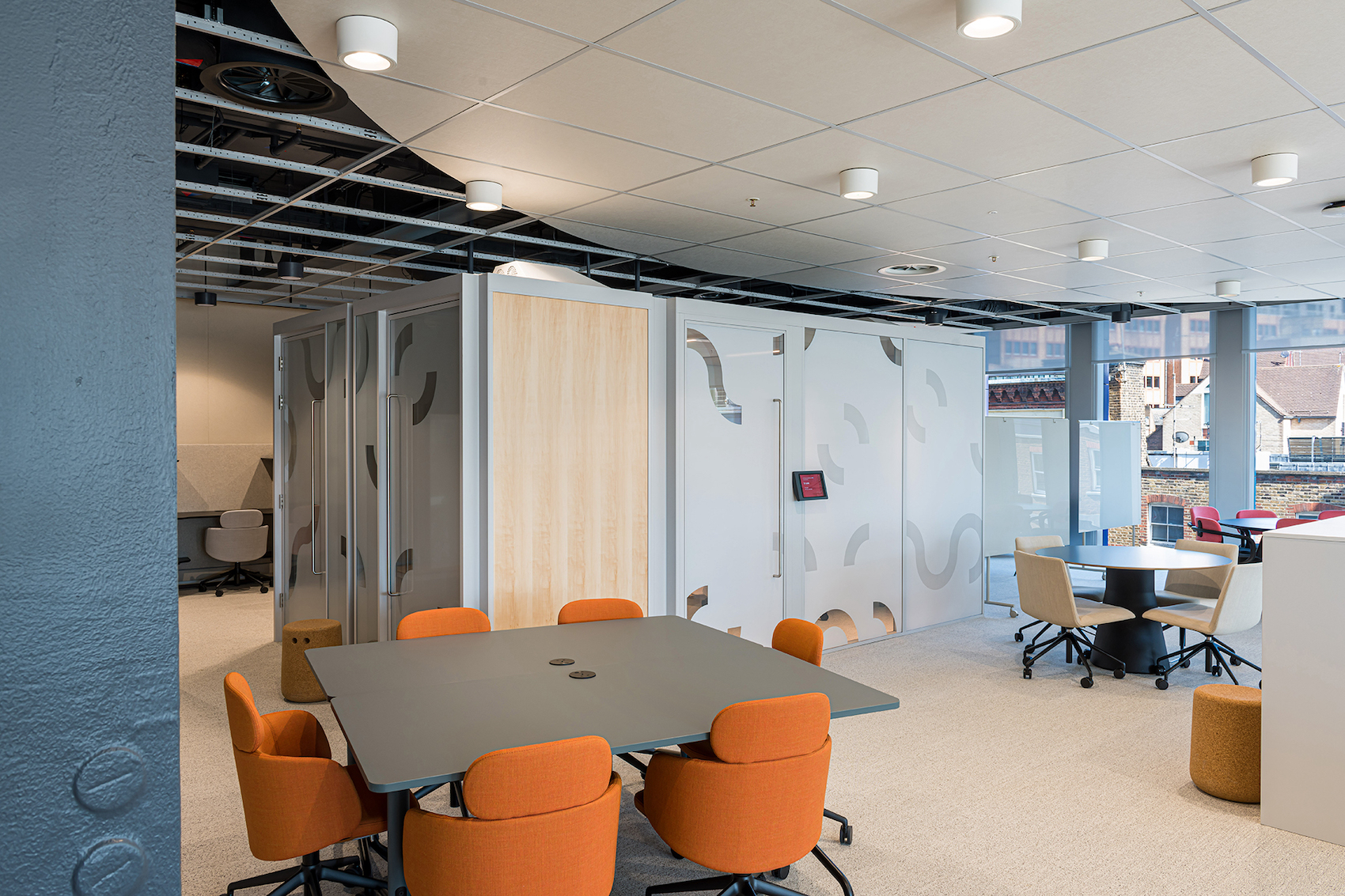Offset Caviweeps to openings
With common openings in external cavity walls supported by lintels of metal, concrete, stone or timber, the opportunity exists to offset the evacuation of penetrating rain so discharge is not in the vicinity of the opening. By using preformed cavity trays with extended ends, the stop end location can be relocated away from the opening reveal, and consequently, so can the weeps through which the water discharges.
Offset Caviweeps to openings
Offsetting the weep location can be used for both aesthetic and structural convenience:
- Where stone or concrete lintels are used, NHBC 6.1/05 shows the DPC stuck to the top surface of the lintel. This is understandable if roll DPC is used, as it cannot offer preformed profile consistency or rigidity. By contrast, using a preformed Type C Cavitray permits the protection to be incorporated between window head and lintel bottom – a position that protects the entire configuration, including the lintel and lintel adjacent masonry (it also eliminates the need to stick DPC on the lintel top). Accordingly, preformed tray protection functions from opening level upwards, rather than from the lintel top upwards. It is prudent not to position weeps immediately against lintel ends and the extended cavitrays permit water evacuation to be offset beyond the closing vicinity.
Extended cavity trays permit offsetting weeps in nearest vertical stone perps
- Where a dummy timber lintel features externally and the actual support is provided by a metal lintel with longer bearings located immediately above, the water discharge positions are offset into adjacent masonry.
The Telescopic Small Weep-Vent has a removable flap that keeps it clean and mortar-free during installation
- Six Caviweep styles and seven colour choices permit water discharge to be merged within all mortar and masonry types.


















